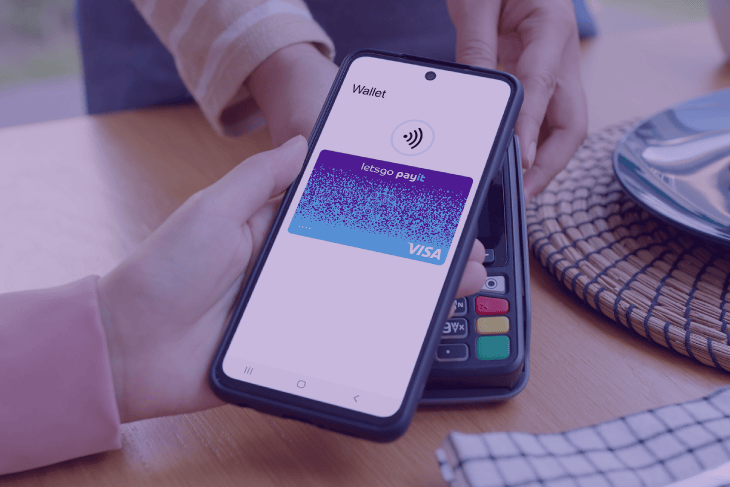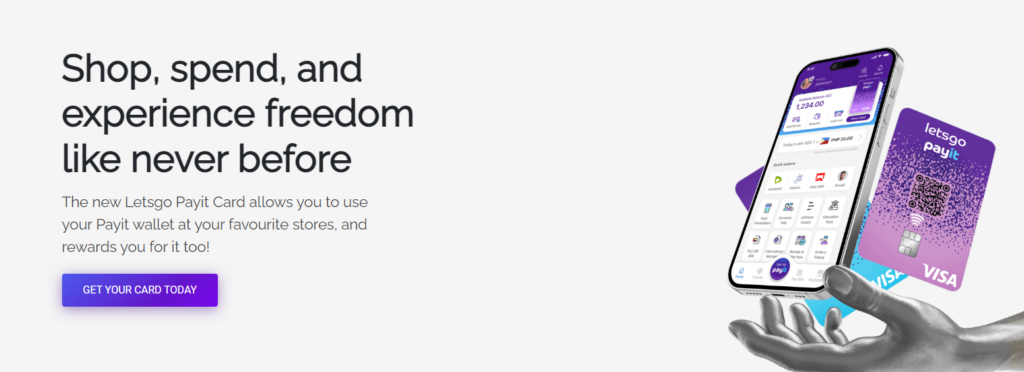Home » Cashless Payments Knowledge Hub » Future of Payment Cards: Are Virtual Cards Taking Over the Physical Cards?

The UAE is projected to reach AED 345.2 billion (US$94.0 billion) in card payments by 2025 at a compound annual growth rate (CAGR) of 7.3%, per GlobalData’s Payment Card Analytics. With more people shifting towards using virtual or digital cards, there is no denying the importance of payment cards in the UAE’s economy.
However, virtual cards are quickly gaining traction. The market is expected to reach $60.06 billion at a CAGR of 20.7% by 2030. Given that, it begs the question: is the virtual card taking over the physical card? Let’s look closer at the future of payment cards in the UAE.
The world of payment cards in the UAE is enormous. A broad customer base uses payment cards for different needs and preferences. The country has 5 million credit card users. And this is the GCC’s second-highest per capita credit card usage rate at 89%.
But with the growth of e-commerce and the need for contactless payments, virtual cards are rapidly gaining popularity in the UAE. The usage of virtual business credit cards between Q2 and Q3 2022 surged by 42.9% in the UAE.
Moreover, in a survey, an integrated financial solutions provider for startups, its Middle East and North African region customers use 25.4 virtual cards on average and businesses use more than 400 virtual cards.

Also Read: Virtual vs Digital Cards (Key Differences)
The CAGR of 20.7% for the virtual card market is a giant leap forward! The popularity of virtual cards testifies to the country’s embrace of digital solutions.
But what could be driving the growth in the virtual card market? Let’s find out.
The digital payments sector in the UAE is estimated to grow by 8.02% from 2023 to 2027. So, it is unsurprising that digitalization and technical improvements are promoting the use of virtual cards in the United Arab Emirates.
There were days when using physical cards was the only method of payment. But they are on the verge of getting over, thanks to the development of virtual cards. Nowadays, people and organizations can conduct financial transactions with a few clicks on a computer or mobile device from any location.
Did you know that 27% of consumers have faced phishing while 19% have experienced credit card fraud in the UAE? The numbers make the security concern even more vital. Virtual cards could be a solution to it.
Virtual cards give more security in a world where data breaches are happening more frequently. In addition, these cards limit the amount of private information kept and shared during financial transactions.
Critical financial information is not saved on virtual cards. So, these cards are less vulnerable to fraud.
Related: How virtual cards work
According to the Future of Urban Mobility Survey conducted in the UAE, 75% of respondents strongly expect contactless payment methods to be available on public transportation.
Also, 50% of respondents in the UAE stated they were most likely to use contactless payments to pay for their transit costs. So, the demand for contactless payments is another element influencing the proliferation of virtual cards.
Virtual cards offer a safe and practical alternative to physical cards. After all, consumers have grown more careful while handling cash and physical cards, especially after the COVID-19 outbreak.
And a mere tap or wave at the device over a contactless payment terminal can make a virtual card payment.
It can’t be denied that virtual cards are flexible and convenient. After all, these cards let customers track and manage their accounts in real time. Not only this, but consumers can make payments online and in person.
Moreover, with virtual cards, customers can control their spending, see past transactions, and get immediate notifications for each transaction.
Virtual cards are more practical for online transactions than physical cards. And this could be the simplest logic as to why they could gain more popularity compared to their physical counterparts in the future.
Virtual cards can be quickly and easily filled using mobile apps without manually entering card information. As a result, this reduces the risk of fraudulent activities and provides greater convenience for users.
There is another significant reason for the popularity of virtual cards to be more than that of physical cards. Virtual cards eliminate the need to carry a physical card.
This makes them a practical option for many, such as frequent travelers and remote workers. This also reduces the risk of loss or theft, as there is no physical card to misplace or steal.
The UAE virtual card business is expanding quickly and will continue to grow in the future. More specifically, both consumers and companies increasingly use virtual cards as a form of payment. All of this is thanks to their cutting-edge technology, increased security, and usefulness.
While the payment card industry will continue to use physical cards, it is inevitable that virtual cards are gaining popularity and will keep growing in the future. As virtual cards grow increasingly common, it will be interesting to see how the payment card landscape in the UAE changes.

You can shop, dine, receive payments, and do much more with the Letsgo Payit Card. It is your virtual card partner that lets you make instant payments from an app on your phone. And, you can also opt to receive a physical card.
Avail attractive discounts and offers to travel, shop, and pay bills with the Letsgo Payit Cards. See the video on how to request your card.